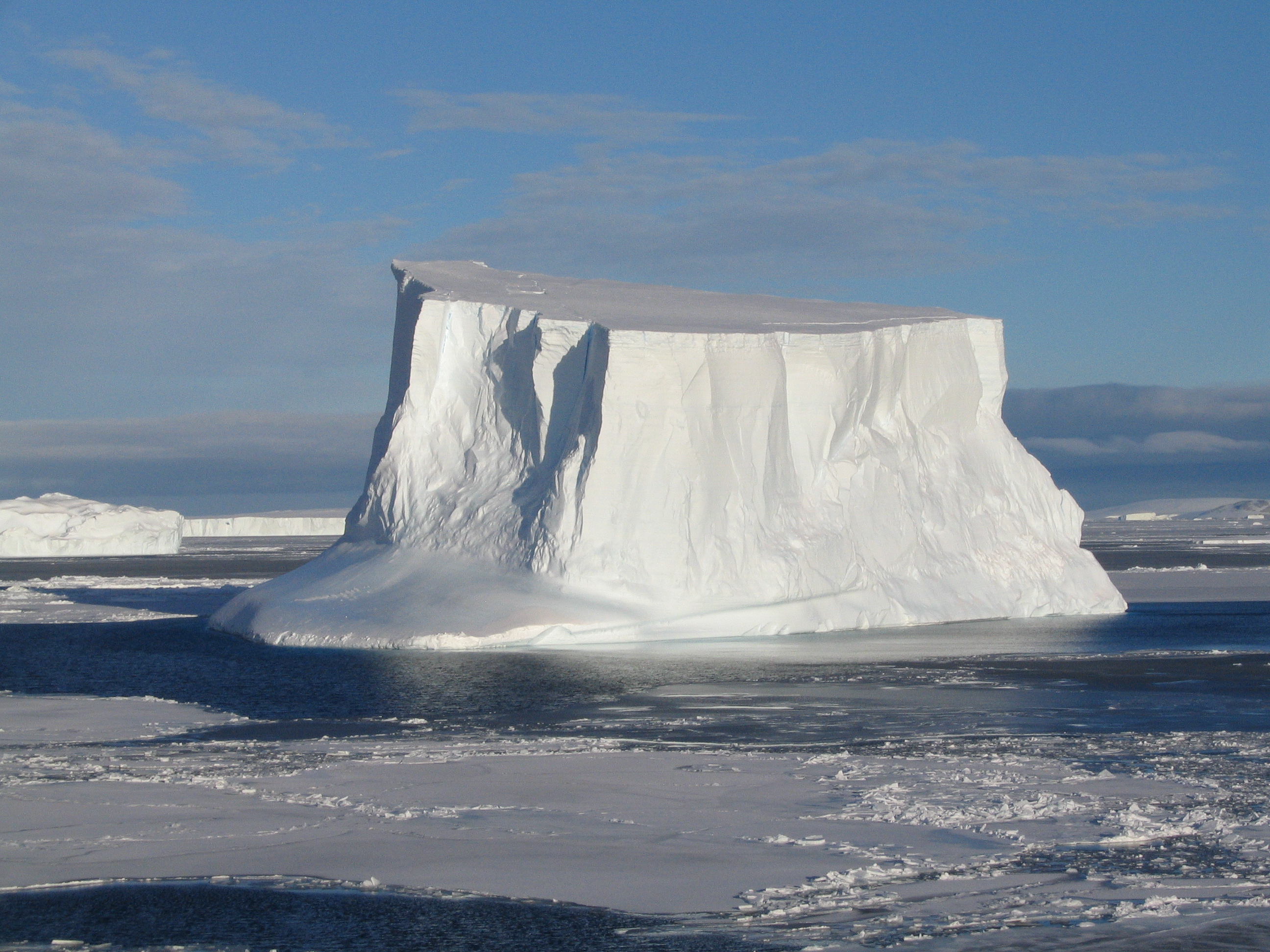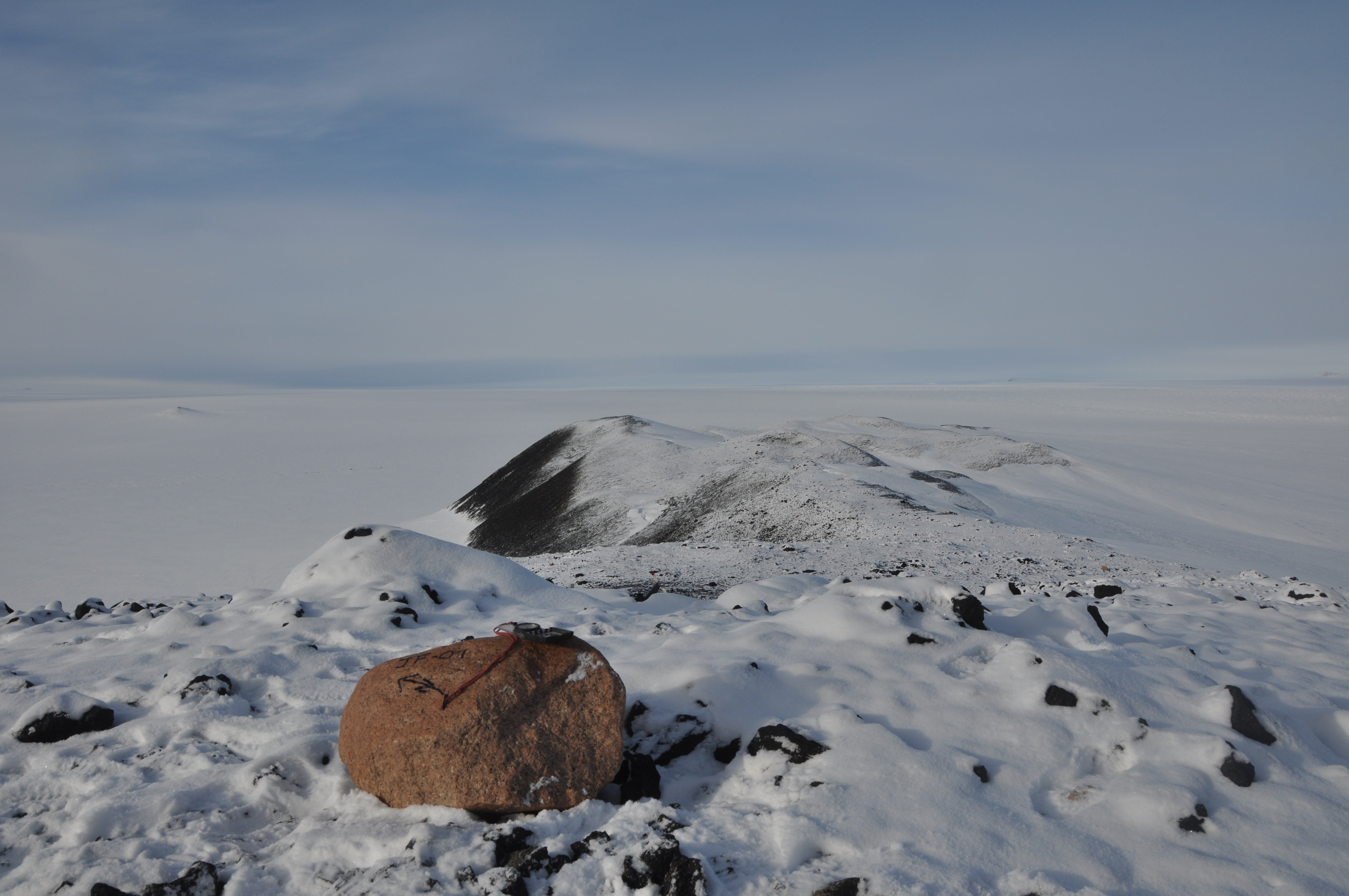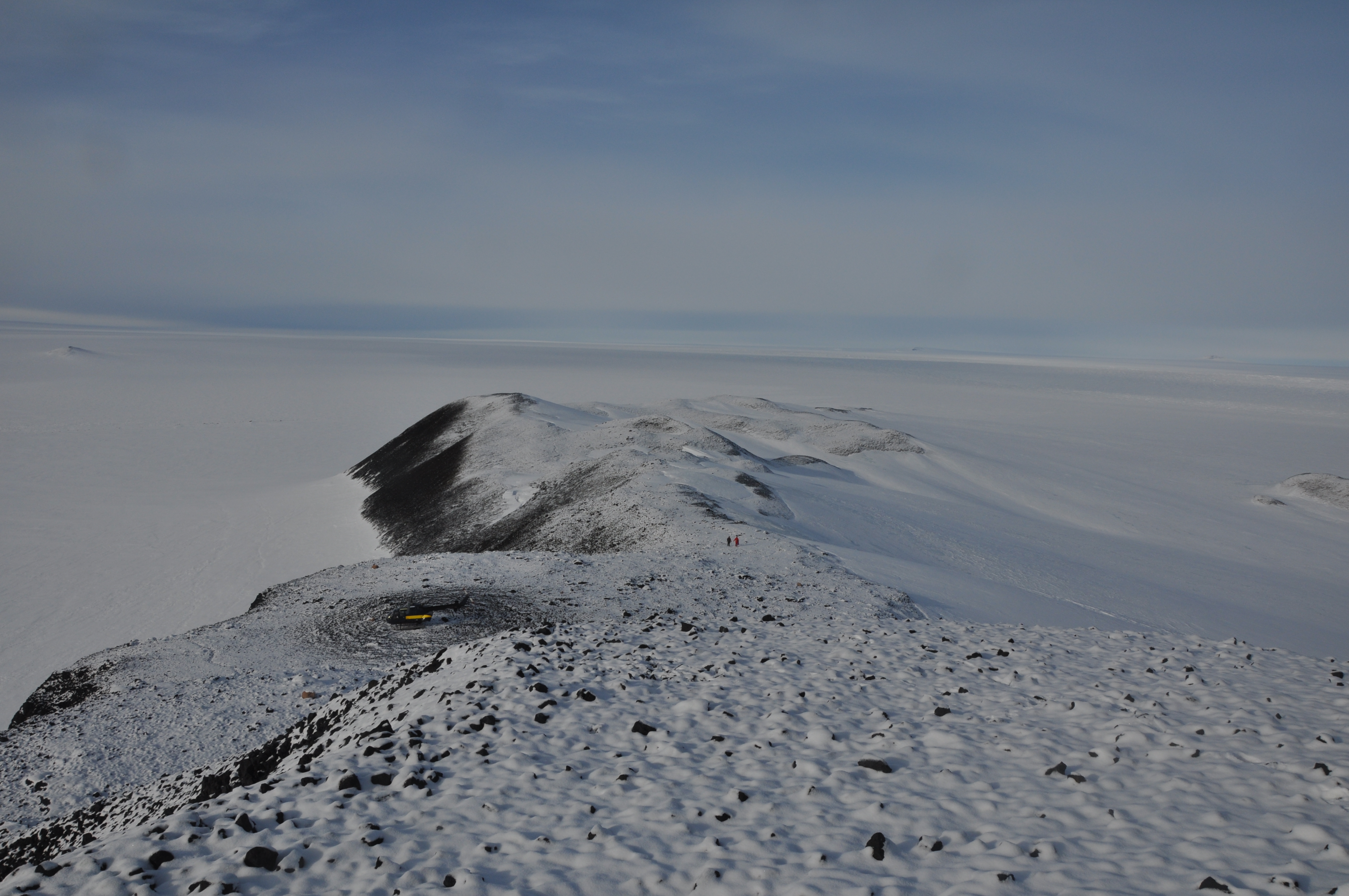History Repeating Itself at Antarctica's Fastest-Melting Glacier

It's no instant replay, but West Antarctica's Pine Island Glacier, one of the continent's fastest-changing ice streams, looks to be recreating 8,000-year-old history as it melts away, a new study suggests.
Melting from Pine Island Glacier contributes 25 percent of Antarctica's total ice loss. Scientists think the shrinking glacier could raise global sea level by up to 0.4 inches (10 millimeters) in the next few decades. Since the 1990s, Pine Island Glacier has thinned by about 5 feet (1.6 meters) per year and its flow to the sea has sped up. The glacier's grounding line, the point at which it detaches from land to become floating ice, has also retreated by more than 0.6 miles (1 kilometer) each year.
The same rapid thinning took place about 8,000 years ago, according to an analysis of rocks left behind by the shrinking glacier, scientists report today (Feb. 20) in the journal Science. The researchers collected erratics — boulders left behind by receding ice — and determined how long they were exposed at the surface, instead of being shielded by ice or sediment.
The history recorded by the rocks shows Pine Island Glacier's surface started dropping 3.3 feet (1 m) per year about 8,000 years ago, the study reports. The glacier thinned by at least 325 feet (100 m) in all during that ancient melt event. [Photos: Antarctica's Pine Island Glacier]
"Our results show that rapid thinning was sustained for at least 25 years, and most likely for much longer — possibly centuries," said lead study author Joanne Johnson, a geologist with the British Antarctic Survey. "Our study shows that even a small kick to the system can result in a dramatic and long-lived response, so we have evidence that suggests we can expect the contemporary changes to carry on for several decades, or even centuries," Johnson told Live Science.
Cosmic rocks

Johnson and her co-authors plucked rocks from two nunataks — ridges encircled by ice — in West Antarctica. These ridges, far from Antarctic research stations, could only be reached by air — in this case, a helicopter launched from the icebreaker R/V Polarstern.
Sign up for the Live Science daily newsletter now
Get the world’s most fascinating discoveries delivered straight to your inbox.
Johnson counted isotopes of beryllium-10 in the rocks to determine their time at the surface. (Isotopes are atoms of the same element with different numbers of neutrons.) Rocks on Earth's surface are bombarded by cosmic rays from outer space that create beryllium-10 isotopes at a steady rate.
"The rate of thinning that we detected from our rock samples is comparable to the contemporary rate detected by satellites," Johnson said.
The likely culprit for Pine Island Glacier's disappearing ice is the same in both the past and the present: warm ocean water melting the ice shelf that holds the glacier back like a buttress. Ice shelves are the portions of glaciers that float on the water. Collapse of modern ice shelves shows that glaciers thin, speed up and retreat when these "dams" disappear, such as after the Larsen B Ice Shelf dramatically fell apart in 2002. Pine Island Glacier's ice shelf spawned a massive iceberg in 2013, which was part of its natural cycle of ice breaking. [Video: Antarctica's Pine Island Glacier Is Rifting]
Before Pine Island Glacier starting shrinking about 8,000 years ago, there was a large ice shelf in the Amundsen Sea Embayment. (The Embayment is a divot in the Antarctic coastline that is the end of the line for one of West Antarctica's three major ice drainages.) Marine sediment cores and imaging of the seafloor suggest this ice shelf started collapsing about 10,600 years ago, when warmer ocean waters melted it from below.
The same scenario plays out today, with warm ocean currents melting the bottom of Antarctic ice shelves, studies show.
Past predicts present

The new findings, which provide the first detailed look at Pine Island Glacier's history of surface thinning, offer valuable information about past ice sheet behavior, said Claire Todd, a glacial geologist at Pacific Lutheran University in Tacoma, Wash., who was not involved in the study.
"These results appear to capture a significant glaciologic event," Todd told Live Science. "These changes are especially important to understand as scientists consider future dynamic responses of the ice sheet."
Understanding how Pine Island Glacier changed in the past will help ice sheet modelers better predict how Antarctica will respond to future climate change, and provide insight on what is driving the changes, Johnson said.
"We need data on real past events to provide a long-term context for recent change," Johnson said. "Understanding how Pine Island Glacier behaved in the past gives us more of an idea of how it is likely to behave in the future."
Email Becky Oskin or follow her @beckyoskin. Follow us @livescience, Facebook & Google+. Original article on Live Science.











